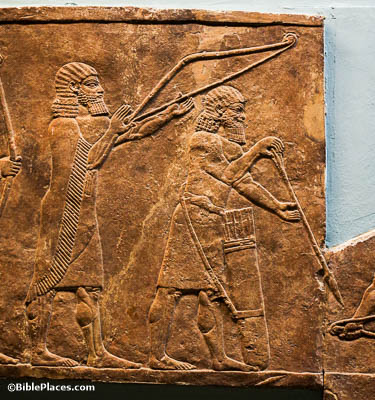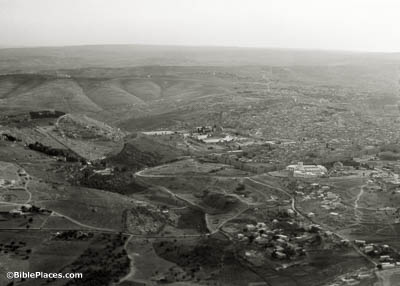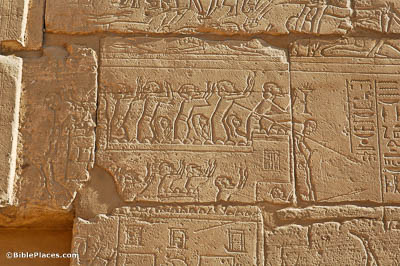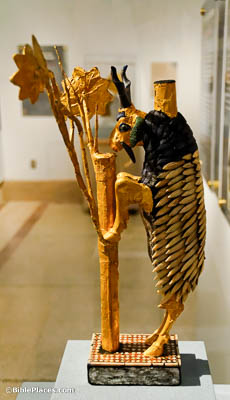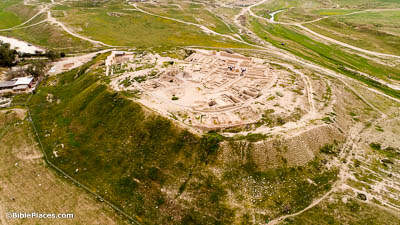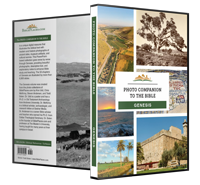After these things, God tested Abraham (Genesis 22:1).
The verb “to test” (Heb. nasah) indicates that God put Abraham to the test in order to ascertain something about him. It is an endeavor to discover the nature or character of something (cf. Exod 16:4; Deut 8:2). The result of the test is given in Genesis 22:12, where God declares, “now I know.” The idea of testing is illustrated here by a relief from the palace of Ashurbanipal at Nineveh. It depicts two men checking arrows for straightness and inspecting bows that have been strung.
